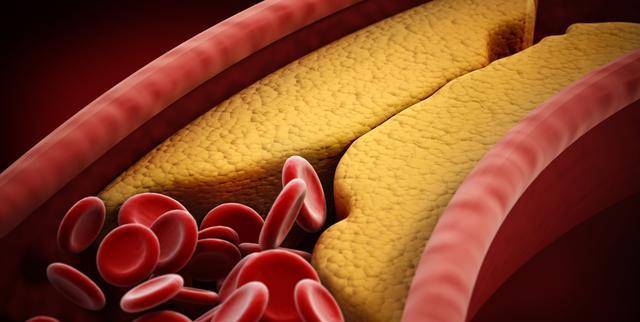In the blood circulation of the human body, blood lipids are like small boats shuttling between blood vessels, delivering nutrients and energy to various parts of the body. However, once the blood lipid levels exceed the normal threshold, these lipids that should provide energy for the body will transform into “health hazards.” They accumulate in the blood vessels like disruptive molecules, gradually blocking the passage, thereby posing potential risks of a series of cardiovascular diseases. So, where do these blood lipids come from?
In the public’s perception, elevated blood lipid levels are often directly attributed to excessive intake of meat and fats. However, this is just a one-sided view because the regulation of blood lipids is influenced by multiple factors, including genetics, lifestyle, and health conditions. Meat and fats are important sources of nutrients, with rich fat content. However, if taken in excess, these fats will be converted in the body, promoting lipid synthesis. Long-term accumulation undoubtedly increases the risk of abnormal blood lipid levels, affecting health. But in reality, the source of blood lipids is not limited to this. Let’s first understand the composition of blood lipids. The composition of blood lipids is quite diverse and complex, with cholesterol and triglycerides as two core components playing crucial roles in maintaining physiological balance. Phospholipids, free fatty acids, and others are important lipid components that together form the complete system of blood lipids. In the complex composition of blood lipids, cholesterol and triglycerides undoubtedly occupy a significant position. They are not only key indicators for blood lipid monitoring but also focus components that require special attention and regulation in our daily diet and health management.
Cholesterol, as a lipid substance, plays an indispensable role in the human body. It is not only an important component of cell membranes but also participates in hormone synthesis, vital for sustaining life activities. However, when cholesterol levels are too high, they deposit on the inner walls of blood vessels, forming atherosclerotic plaques, leading to narrowing and blockage of blood vessels. Triglycerides, as the primary energy storage form in our body, play a crucial role in ensuring the body can quickly obtain energy when needed to sustain life activities. When we intake carbohydrates beyond the body’s needs, the excess sugars undergo complex metabolic processes in the body, ultimately converting into triglycerides. These triglycerides are then stored by the liver and adipose tissue for future use, becoming potential energy reserves for the body. High triglyceride levels also increase the risk of cardiovascular diseases. Besides dietary factors, what other factors affect blood lipid levels? Genetic factors are important. Some individuals are born with higher blood lipid levels, possibly related to their genes. If there is a family history of high blood lipids, then the risk of high blood lipids may be higher for you.
In addition, age, gender, physical activity level, obesity, diabetes, hypertension, and other factors also affect blood lipid levels. With age, blood lipid levels may gradually rise. After menopause, women’s blood lipid levels may also increase. Lack of physical activity, obesity, diabetes, and hypertension can all lead to abnormal blood lipids. I once encountered a patient who paid great attention to healthy eating, rarely consuming meat and greasy foods, but still had high blood lipid levels. After detailed examination and evaluation, we found that they had diabetes, which was one of the main reasons for their abnormal blood lipids. Another patient, despite having a light diet, experienced high blood lipid levels due to high work stress and being in a state of tension and anxiety for a long time. So, how can we control blood lipid levels? Firstly, dietary adjustments are crucial. We should reduce the intake of saturated fats and cholesterol, increase the intake of unsaturated fats such as olive oil, fish oil, nuts, etc. Additionally, we should control the intake of carbohydrates, avoiding excessive intake of simple carbohydrates like white sugar, white bread, etc.
Secondly, moderate physical activity also helps lower blood lipid levels. Exercise can increase high-density lipoprotein cholesterol (good cholesterol) levels while reducing low-density lipoprotein cholesterol (bad cholesterol) levels. Maintaining a healthy weight, quitting smoking and limiting alcohol, controlling blood pressure and blood sugar levels also contribute to controlling blood lipid levels. In conclusion, elevated blood lipid levels are not only related to diet but also to genetic factors, age, gender, physical activity level, obesity, diabetes, hypertension, etc. We should take comprehensive measures to control blood lipid levels and prevent the occurrence of cardiovascular diseases.


